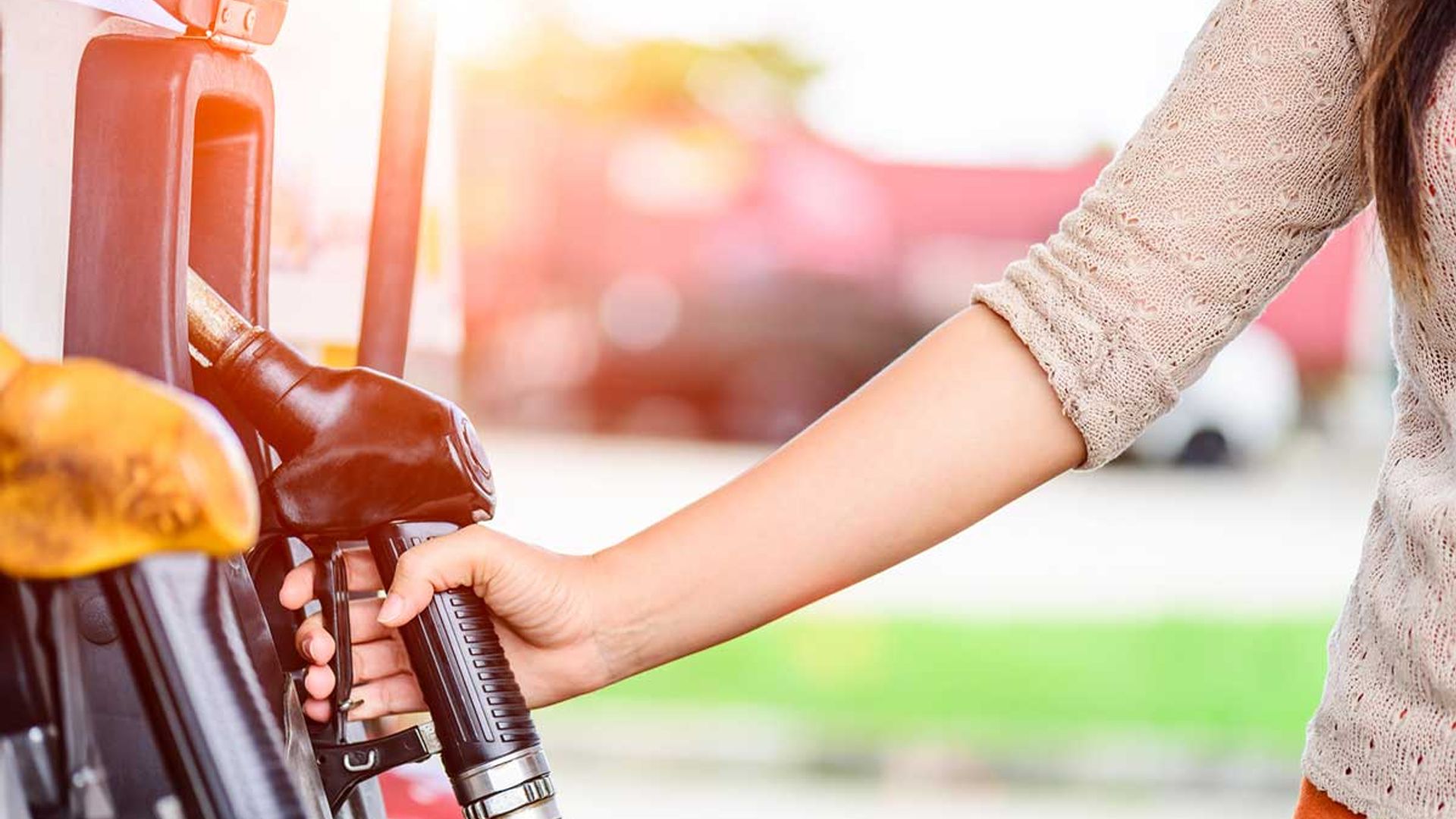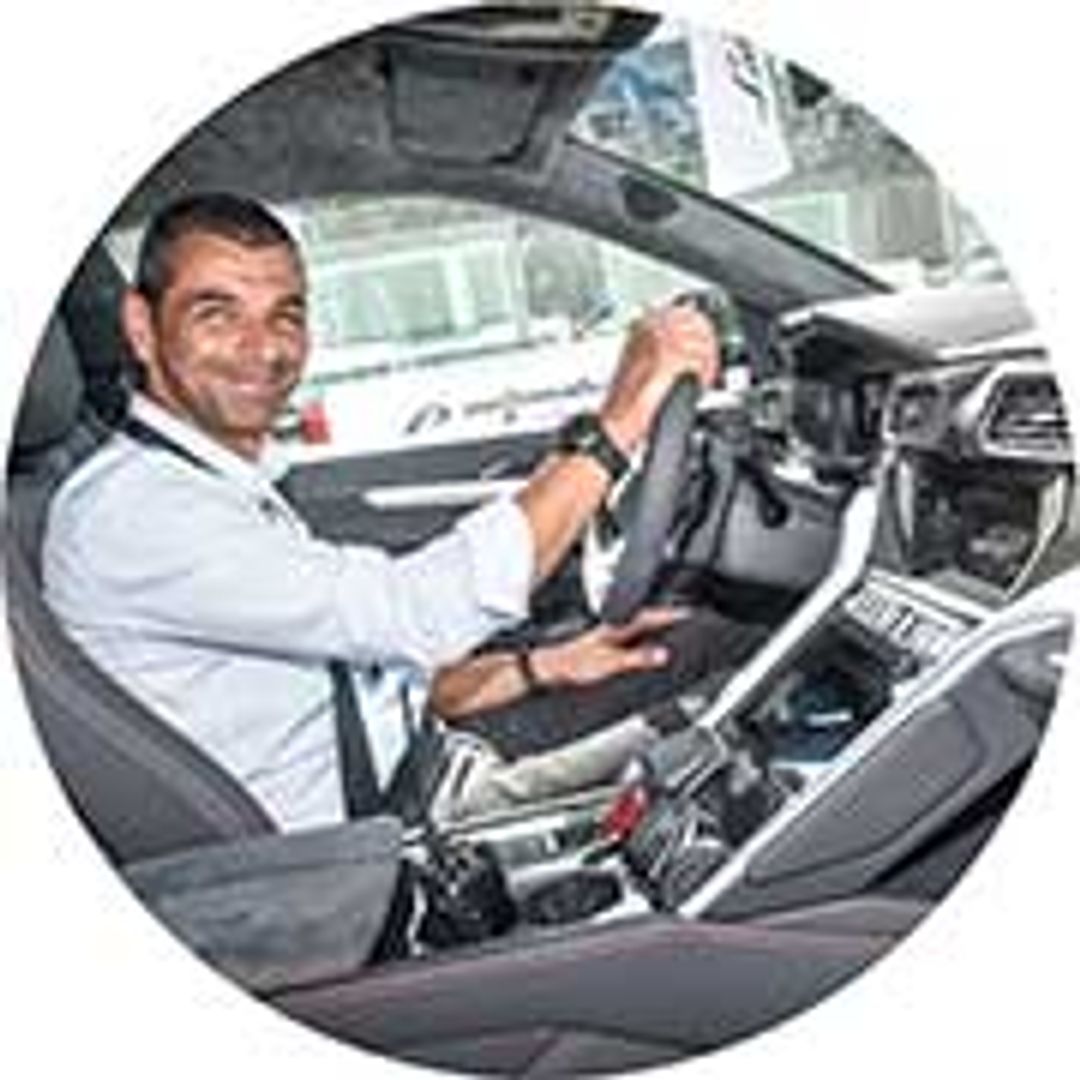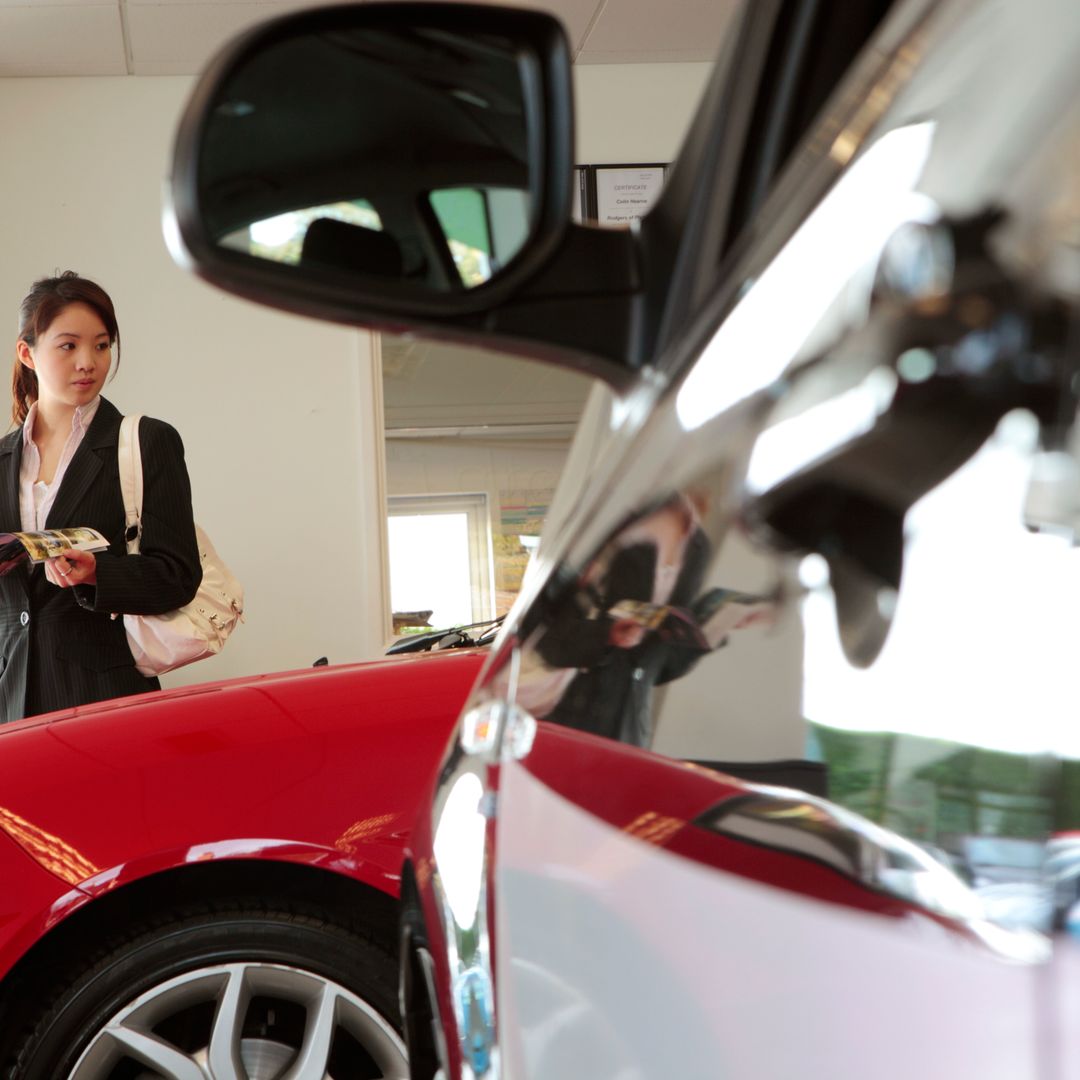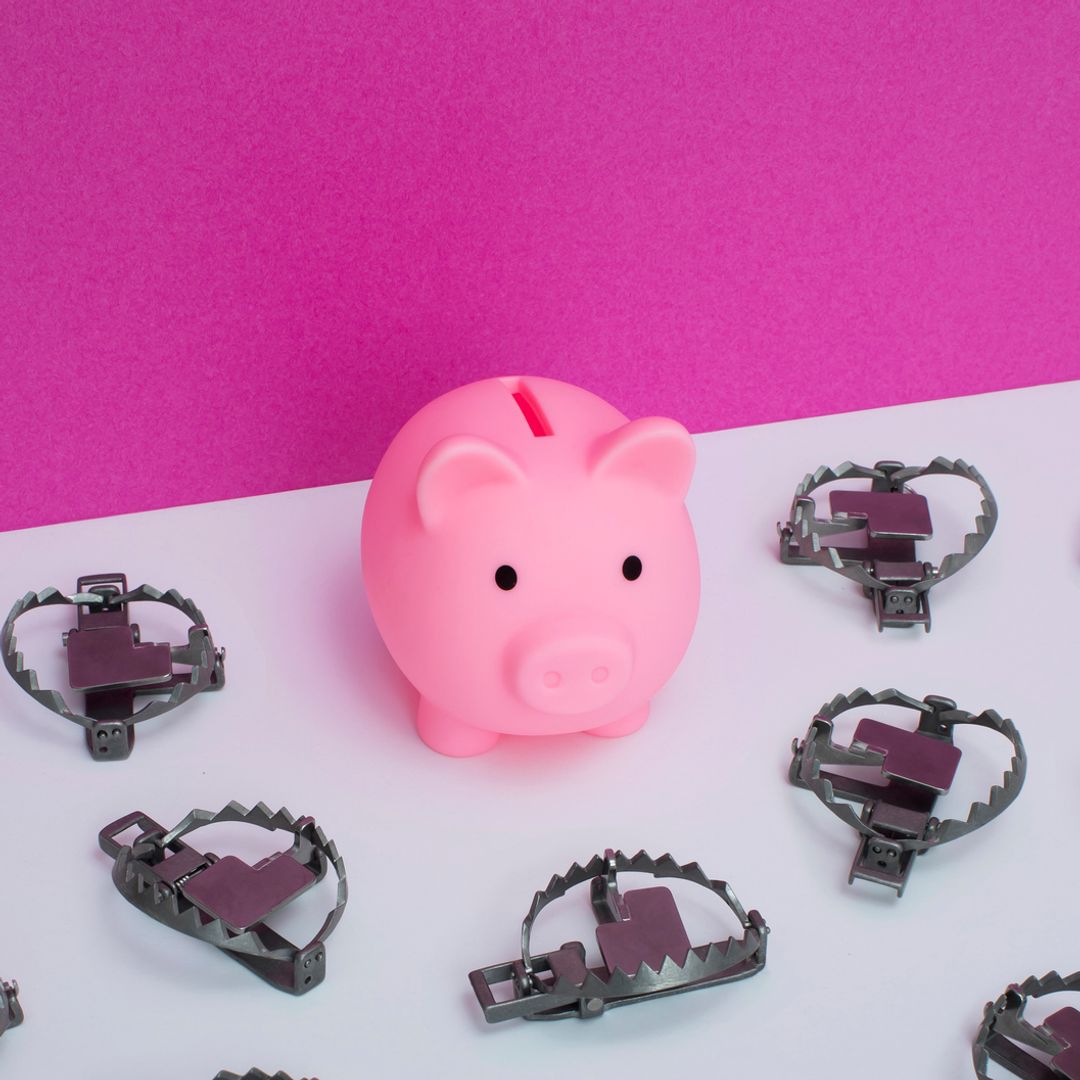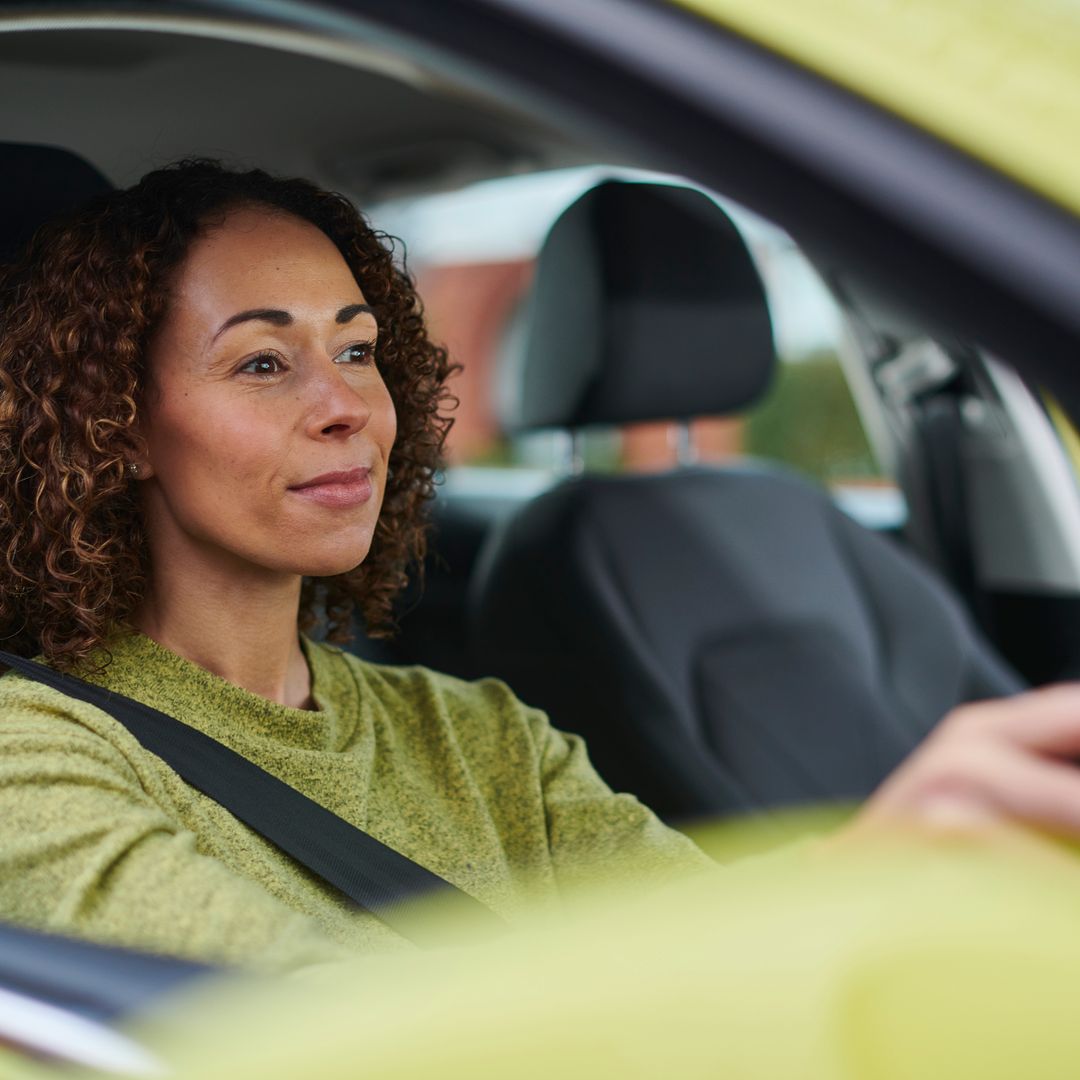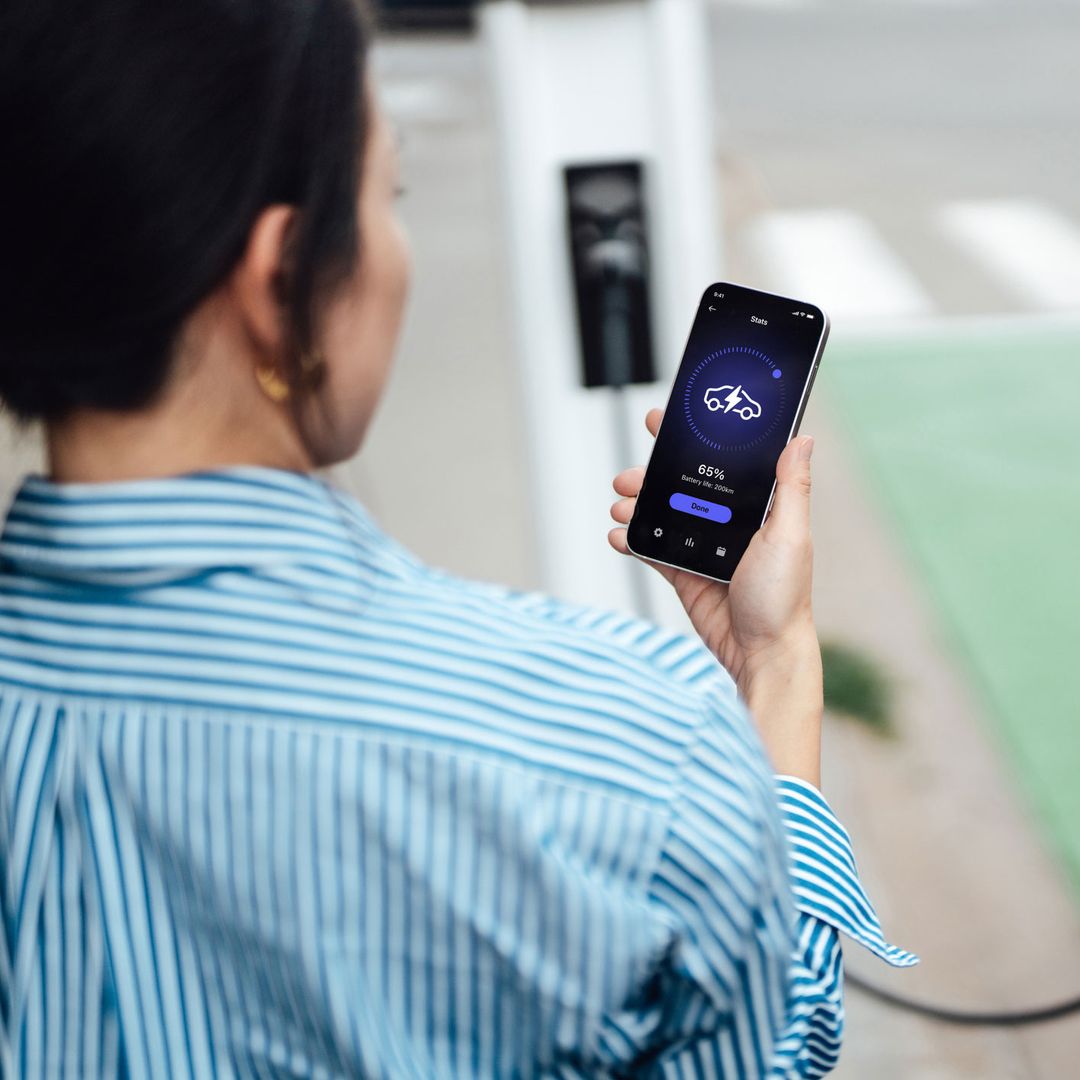We've entered the age of a new fuel crisis, with petrol and diesel prices hitting an all-time high. And now more than ever you should try and drive to save money on your fuel costs - and save your petrol or diesel in the process.
At times like this it’s more important than ever to squeeze as many miles out of your tank possible. Fuel efficient driving - ever tried it? We've got the best fuel efficient driving tips to save petrol and diesel, and boost your car’s fuel efficiency - so you'll save money on your petrol costs and help cut pollution too.
RELATED: The new motoring rules every driver needs to know in 2022
Best ways to achieve fuel efficient driving
1. Good maintenance
For your car to perform at its very best, make sure you book it in for an annual full service. Smaller DIY jobs throughout the year should include checking your oil and coolant fluid levels every few weeks or before a long journey. Also check your tyre pressures are correct (look in your handbook). Under-inflated tyres make your car use more fuel.
2. Plan your journey
Make sure you know where you’re going before you set off, because getting lost wastes fuel. It may sound old-fashioned, but looking at a map before you head off on a journey can be really useful, especially if you run into congestion on the way.
Also, listen to traffic alerts on the radio so that you can anticipate incidents ahead. Rather than sitting in traffic, consider an alternative route. Stop-start traffic reduces fuel economy. Try to avoid driving during the busiest times of the day when the roads are most congested
3. Keep it smooth
It may sound boring, but sensible driving is the best way to increase your car's fuel economy. Smooth steering plus gentle acceleration, gear-changing and braking will put less stress on your pride and joy, resulting in more miles per gallon. Finally, if your car has different drive modes, stay in the eco setting as much as possible because it adjusts the engine output to maximise fuel economy and keep emissions low.
WATCH: The cast of Friends do carpool karaoke
4. Look ahead
Try to anticipate what’s going to happen in front of you by watching the road well ahead. This way you can slow down naturally as your approach traffic lights, junctions and roundabouts, sometimes even avoiding a stop-start.
Or, if there’s a steep hill coming up, maybe speed up a little as your approach it, then ease off as you drive up. The extra momentum should ease your fuel consumption.
MORE: How to protect against energy bill hikes
5. Change up earlier
don't make your engine work harder by using too many revs. If you drive a manual car, listen out and change gear slightly earlier that you might do normally. Gentle acceleration in an automatic will have the same effect. The most fuel-efficient RPM (revs per minute) to change up a gear is 2,500 for a petrol car and 2,000 for diesel.
Tip: most modern cars have a gear shift indicator light in the instrument panel to encourage use of the most efficient gear.
6. Slow down
Stick to speed limits because the faster your go, the more fuel you use. It's estimated that you’ll use up to 9% more fuel by driving at 70mph instead of 60mph, for instance Also, try to stick to the speed limit on motorways – illegally cruising at 80mph can use up to 25% more fuel than keeping to a steady 70mph.
7. No idling
Leaving your car's engine running while it is stationary for long periods isn’t just a waste of fuel, it also increases the amount of exhaust fumes in the air. So, in the winter, scrape off the ice rather than leave your car idling to defrost and warm up.
ROYAL CAR QUIZ: How well do you know the Queen's motors?
READ: 10 ways to prep your car for its MOT - and save money in the process
8. Stay cool the old fashioned way
It’s estimated that switching on your car’s air conditioning can increase fuel usage by as much as 10%. Obviously there’s no choice in a heatwave or sometimes when you’re transporting the family and/or a dog, but if you can open the windows instead at lower speeds it can be just as effective.
However, if you’re driving on faster roads, it makes more sense to use the air con because the additional drag caused by open windows uses additional fuel. One thing is for sure - never run your air conditioning with the windows open!
9. Travel light
The heavier your car, the more fuel it will use, so declutter and don't carry unnecessary items in your boot. Also, unless you regularly drive hundreds of miles, it might be worth keeping your fuel tank half filled, otherwise you’re needlessly transporting litres of petrol or diesel around.
Finally, remove roof bars, roof boxes and cycle racks when not in use. Not only do they increase your car’s aerodynamic drag (wind resistance), lowering fuel economy, but they also weigh vital kilogrammes.
10. Don't coast
Back in the day it was thought that coasting down hills (rolling in neutral out of gear) saved fuel. However, it makes little difference in modern cars. Coasting is also potentially dangerous because you don’t have full control over your car when it’s in neutral.
Like this story? Sign up to our HELLO! newsletters to get other stories like this delivered straight to your inbox.
